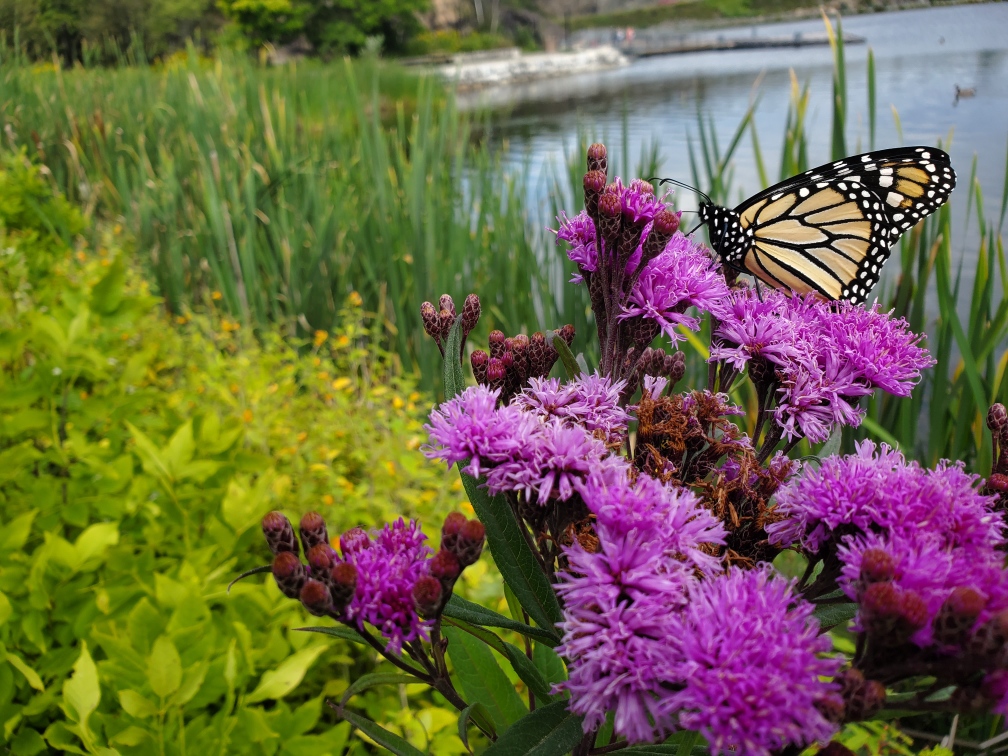Wildflower seeds
Garden Clippings for March 25, 2023
For years, horticulturists have been on a quest to create plant cultivars with more and more desirable characteristics. That’s in response to gardeners looking for plants and flowers that are bigger, bolder, brighter, shorter, more fragrant, longer lasting or whatever consumers might fancy.
In more recent years, gardeners are recognizing that wildflowers are not so bad after all. Wildflowers tend to be tougher than their cultivar cousins, easier to propagate, and have increased ability to withstand drought or other severe weather. Wildflowers may be of more benefit to wildlife and do a better job of attracting beneficial pollinators such as bees and butterflies.
The surge in interest for wildflowers is now prompting growers to ramp up production of native annuals and perennials. Leading the way is Northern Wildflowers, a Sudbury based seed supplier whose specialty is growing native wildflowers and selling their seeds to gardeners everywhere.
Northern Wildflower seeds can be bought through their on-line store or from select nurseries and garden centres. Seeds are chemical free, and most are grown on their own farm in Whitefish, just outside Sudbury. Seeds are attractively packaged with easy-to-follow growing instructions. Unlike the major seed companies, there is no guessing how many seeds are in the package, because quantities are listed.
The obvious benefit to growing your own wildflower seeds is price. Individual started plants at a nursery will easily cost upwards of 5 dollars each, while a full package of 50 or 60 seeds will work out to pennies.
Like all flowers and veggies found on seed display racks, most wildflower seeds are easy to sprout and grow. I suggest filling a tray such as pie plate with 2 inches of growing medium. Sow seeds up to ¼ inch deep and moisten the soil. For the first few weeks, and until the seeds begin to sprout, cover with a damp cloth or paper towel. Mist lightly to keep soil moist. Be sure to punch drainage holes to get rid of excess water.
When seeds have sprouted, remove their cover and keep seeds moist, watering every day or two. Once the seedlings are an inch high or have 2 true leaves, transplant each one into larger pots or cell packs. To give the plants strength it will be beneficial to bring the plants outdoors on mild days. When the weather is consistently warm, plant directly outdoors.
A good number of wildflower seeds require cold treatment to achieve successful sprouting, a process called stratification. Normally, seeds in their natural setting drop in the fall, survive the cold winter, and sprout in spring. Since wildflower seeds are harvested in fall and brought indoors, it may be beneficial to mimic a cold spell by putting seeds in the refrigerator for a month or two. Mix the seed in a small bag of moist vermiculite or perlite and place in the produce drawer. Check once a week and add enough water to maintain light moisture. In 6 or 8 weeks, sow as usual, keeping the growing medium warm and moist.
Next week we will look at 10 of my favorite wildflowers that can be grown from seed.


